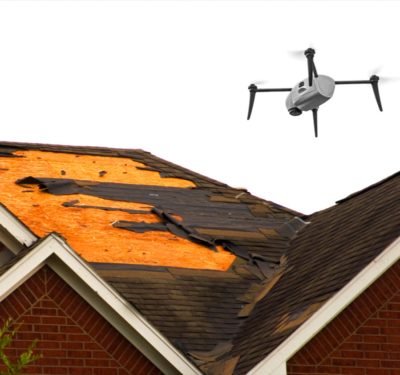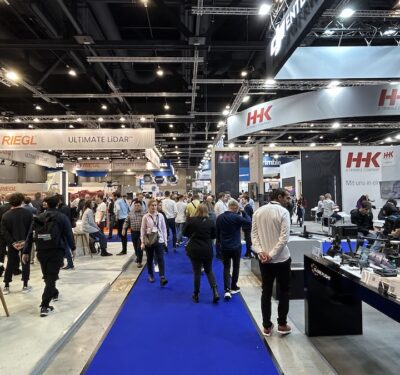
Miguel Amor, Chief Marketing Officer, Hexagon’s Autonomy & Positioning division
“On paper, collaboration appears simple: a group of people working together to achieve a shared goal,” Miguel Amor said. “But in execution across groups and companies, collaboration is challenging. We’ve addressed this challenge by cultivating and developing the right environment and culture that encourages our employees to collaborate.”
As chief marketing officer at Hexagon’s Autonomy & Positioning division, Miguel Amor has been responsible for leading positioning and autonomy portfolio solutions for brands including NovAtel, Veripos and AutonomouStuff. Twenty-five years of professional work in this field has yielded insights about forming collaborative teams.
“Team members must want to collaborate, we need intrinsic motivation,” Amor said. “Companies can support this by creating and sustaining a strong culture of trust within the organization. This culture requires a safe environment. There are no value judgments; instead, it’s a place where employees can speak their minds and have discussions on the best methods to achieve their shared goal.”
Collaboration, Amor argues, arises from cultural nurturing rather than management imposition. “Management cannot force collaboration; the culture has to encourage it from the employees,” he said. “The culture of trust we’ve developed to enable collaboration comes from balancing choice, autonomy and accountability from team members. We trust them to accomplish their work to the best of their ability and we hold them accountable to these expectations. Employees have the autonomy to achieve their goals in the methods that seem best to them. We encourage them to reach across the aisle to other teams for other perspectives.
“In the right culture and environment, the collaboration will happen naturally.”
TAKING DOWN SILOS
Innovation, Amor believes, results from such collaboration. “One way management encourages collaboration is by removing silos between engineering, marketing and sales. These three departments must work together to optimize our technologies and solutions for customers, communicate these innovations to the market and understand our customer needs to ensure our products solve their problems.
Each department’s unique perspective and methods should be activated to identify and solve problems while honoring what Amor called “the best intention of the company.”
“Through collaboration, that perspective is shared, heard and potentially sparks a new avenue of technological or business innovation. As these teams collaborate to meet their goals successfully, they build trust and confidence in each other.
“The culture,” he continued, “also acknowledges that taking risks and failing is a natural part of innovation.”
Hexagon’s “RTK from the Sky” technological innovation is, Amor said, “one of the most significant instances of collaboration we’ve ever accomplished. This technology allows the company’s globally available TerraStar-X correction service to offer centimeter-level accuracy, and achieving it was the result of collaboration across different teams, departments, cities and countries. From research and development, engineering, marketing and sales,” Amor said, “our teams have worked closer than ever before, designing, implementing and communicating this significant innovation in correction services to our users.
“I’m personally very proud to see my team play their part in Hexagon’s collaboration every day,” Amor asserted. “My team’s positive attitude and demonstrations of the collaborative culture we’ve developed have been inspiring. Despite the challenges of the past 15 months, my team has achieved impressive goals thanks to their hard work, positive attitudes and willingness to collaborate across the Hexagon A&P division.”






